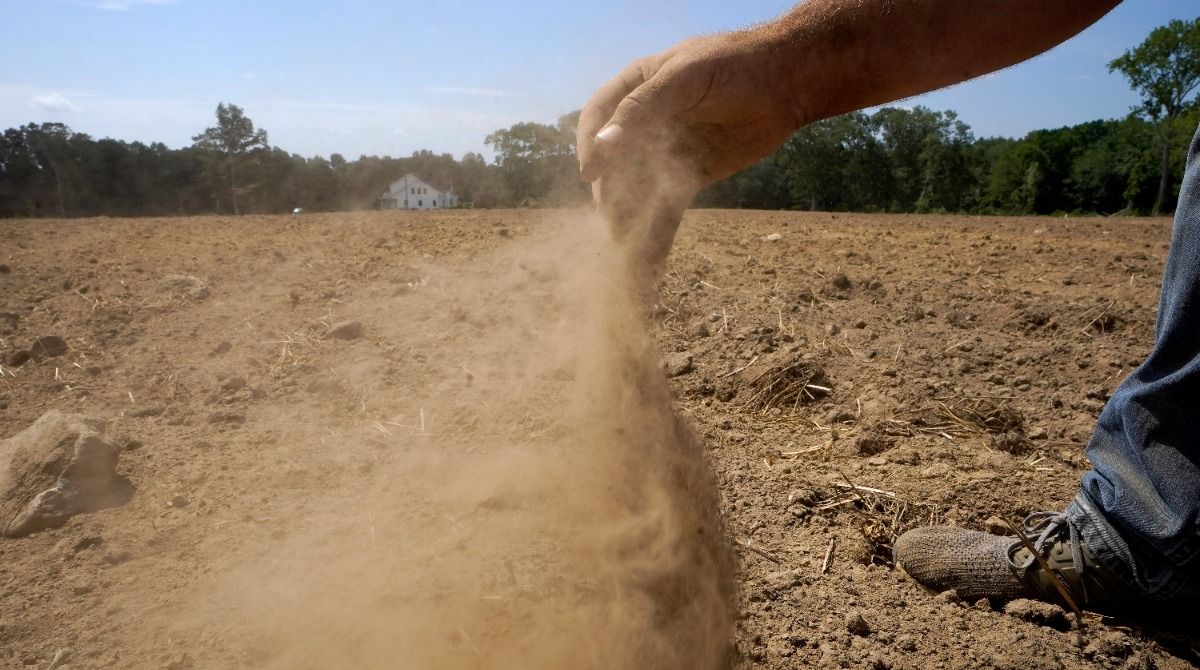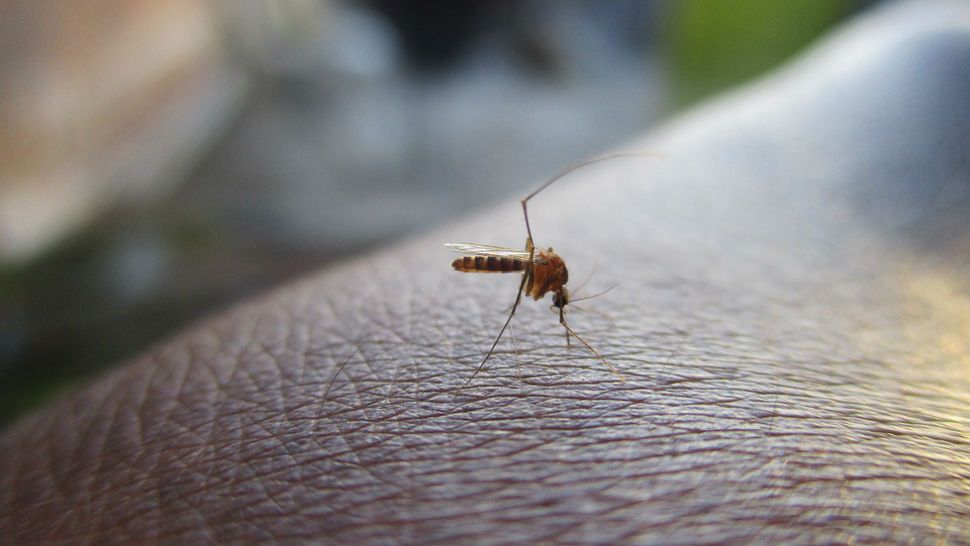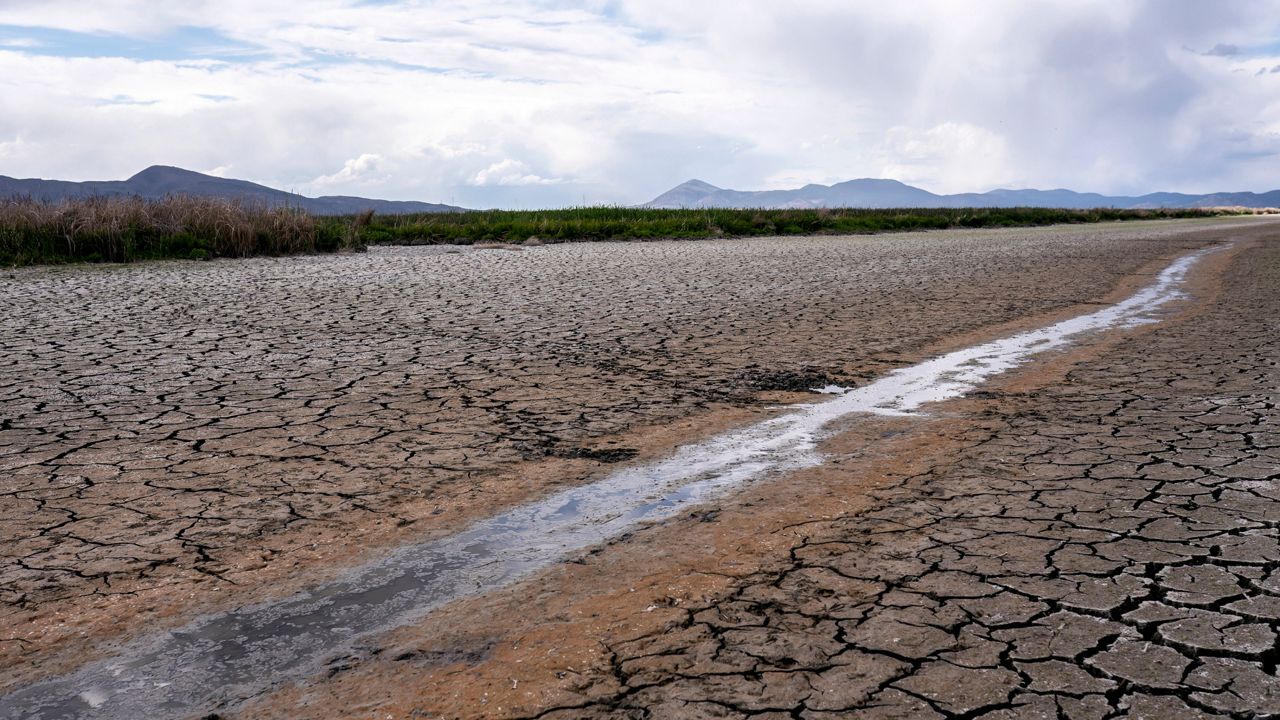It's a disaster that lasts for years and can cost billions. Droughts can become tough to get out of, and the amount of rain needed grows with each passing dry day.
The second costliest weather event, behind tropical systems, droughts cost an average of $11.1 billion in damage per event.
The U.S. Geological Survey (USGS) defines drought as a “period of drier-than-normal conditions that results in water-related problems” and says it can be weeks, months or years before we know drought is happening.
When rainfall is scarce and drought occurs, it can lead to a chain of terrible events.

Soil dries, plants die and levels in reservoirs fall.
This can lead to a shortage of drinking water and crops. Even livestock can experience malnutrition.
Farmers will sometimes recycle water to irrigate their crops, and if they don't treat this water properly, bacteria such as E. coli and salmonella can contaminate the food supply.
On top of water and food issues, drought can lead to more fires since vegetation is dry, and winds can kick up dust from the dry ground, leading to poor air quality. Runoff from fire debris can also lower water oxygen levels, killing aquatic life.
Lastly, stagnant, warm water can bring about more disease. This type of water is a breeding ground for mosquitoes, many of which can carry viruses such as West Nile Virus.

So how do we get out of a drought? It’ll take more than one rain shower to end.
Since the ground is so dry and compact, the water can run off instead of soaking into the ground.
We need multiple heavy rain events to get out of a drought. Heavy rain over a long period helps the water enter the dry soil. But, it can take months to see relief, even with consistent rain.
Remember, you can also do your part by conserving as much water as possible.
To track drought in your area, click here. The national drought monitor is updated every Thursday.
Our team of meteorologists dives deep into the science of weather and breaks down timely weather data and information. To view more weather and climate stories, check out our weather blogs section.
Shelly Lindblade - Weather Producer
Shelly Lindblade is a weather producer for Spectrum News. She graduated from Florida State University with a Bachelor's of Science in Meteorology and started her career in front of the camera as a broadcast meteorologist. After 4 years of TV broadcasting, she now loves updating the public on the latest weather news from behind the scenes.









